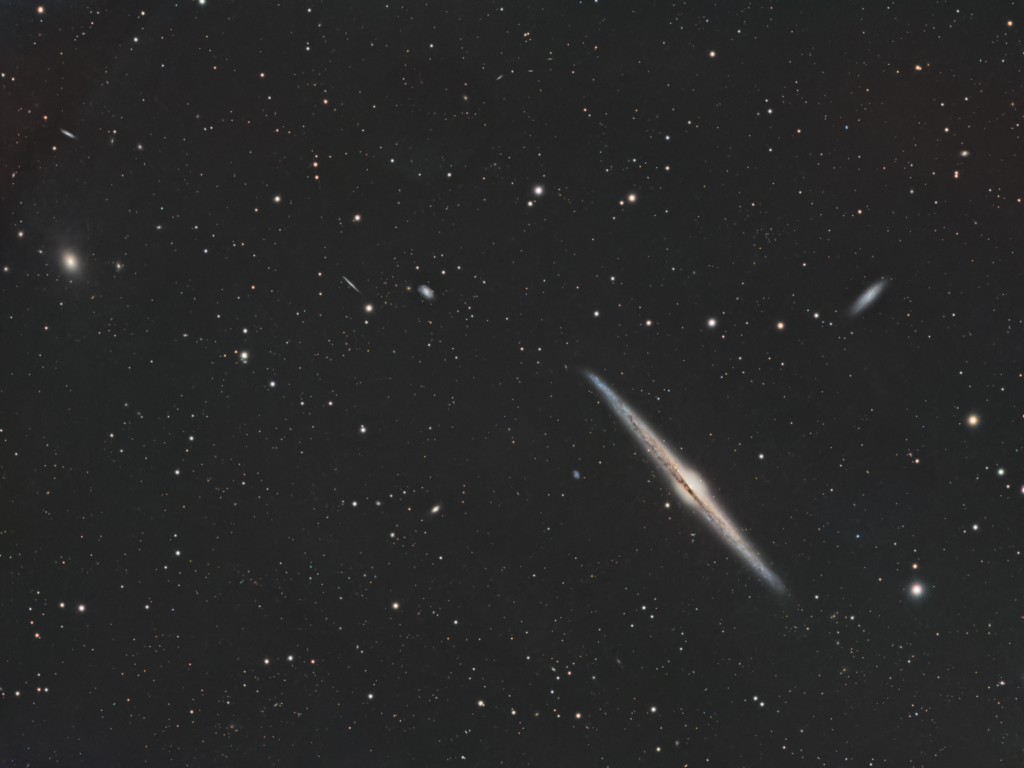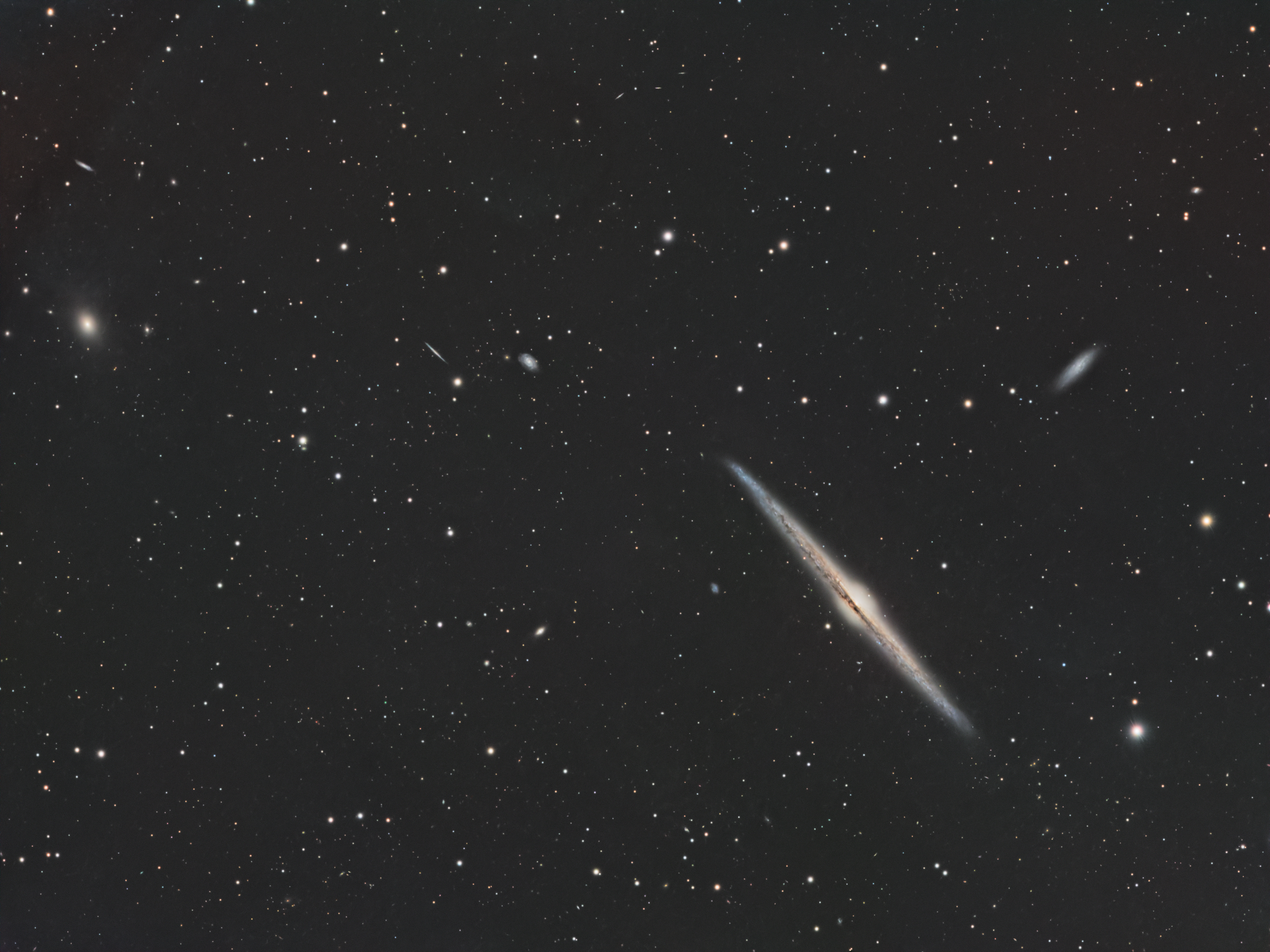
Similar Posts
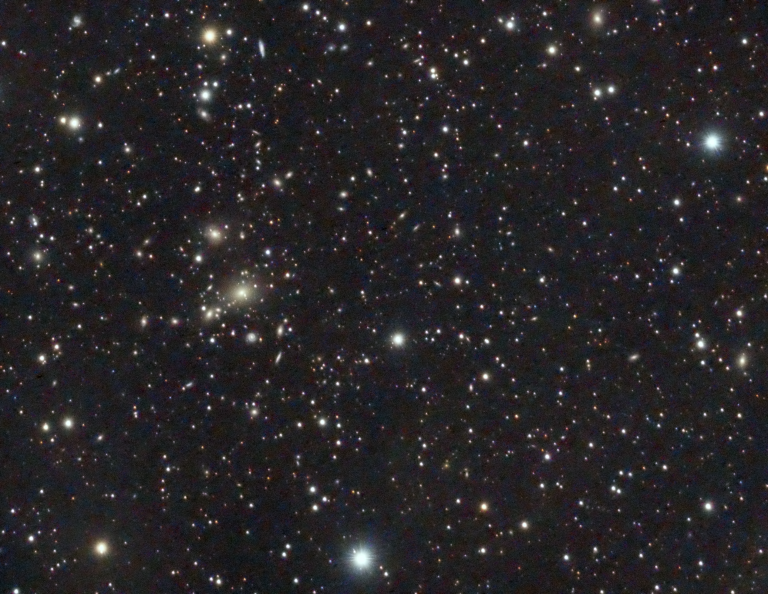
So. Many. Galaxies.
If you point your telescope outside of the Milky Way, you’re almost guaranteed to pick up very distant galaxies, because there are just so many of them out there. This patch of sky inside Cancer is a cluster of galaxies called Abell 671. If you click the image and look at it full size, you’ll…
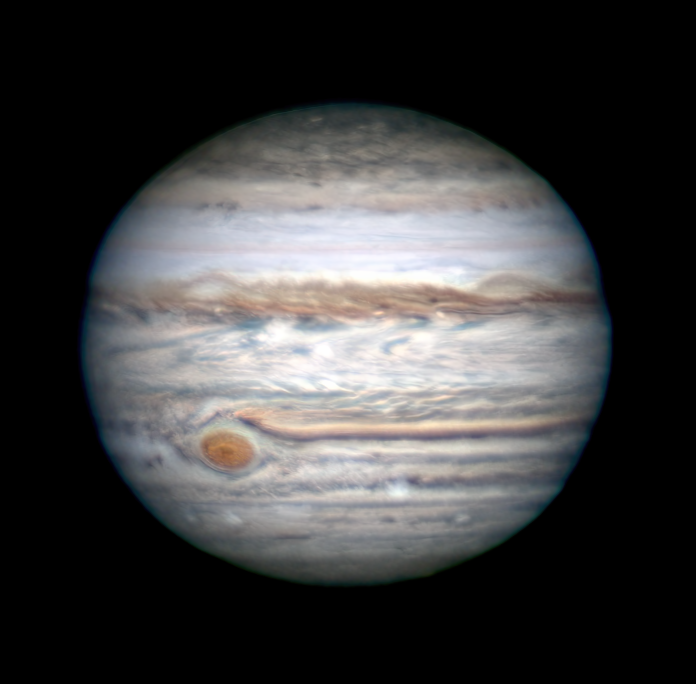
Dusting Off the Planetary Gear
It’s been awhile since I attempted Jupiter and Saturn… years, in fact. But last night was too good to pass up. Jupiter is just past its opposition, and it’s one of its closest approaches to Earth ever. There wasn’t a lot of turbulence in the air late last night, the Great Red Spot was out,…
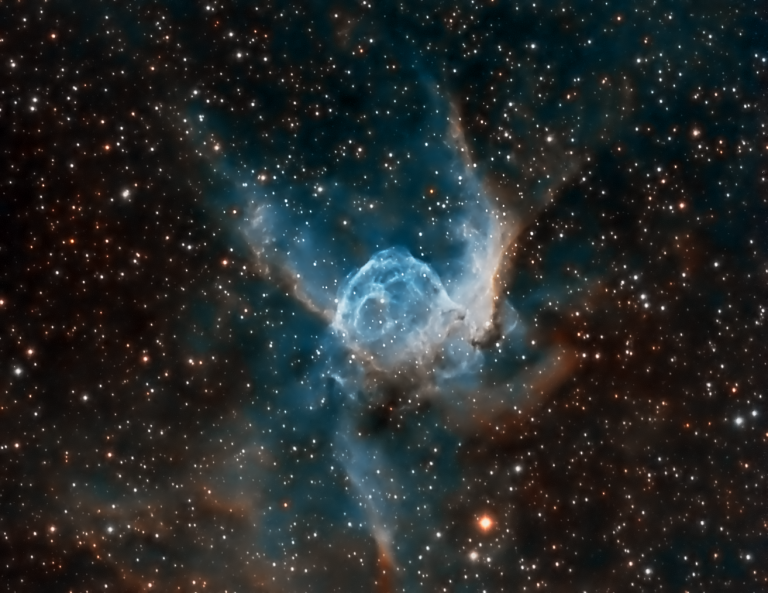
Thor’s Helmet
An interesting emission nebula 30 light years across. Imaged with narrowband filters.
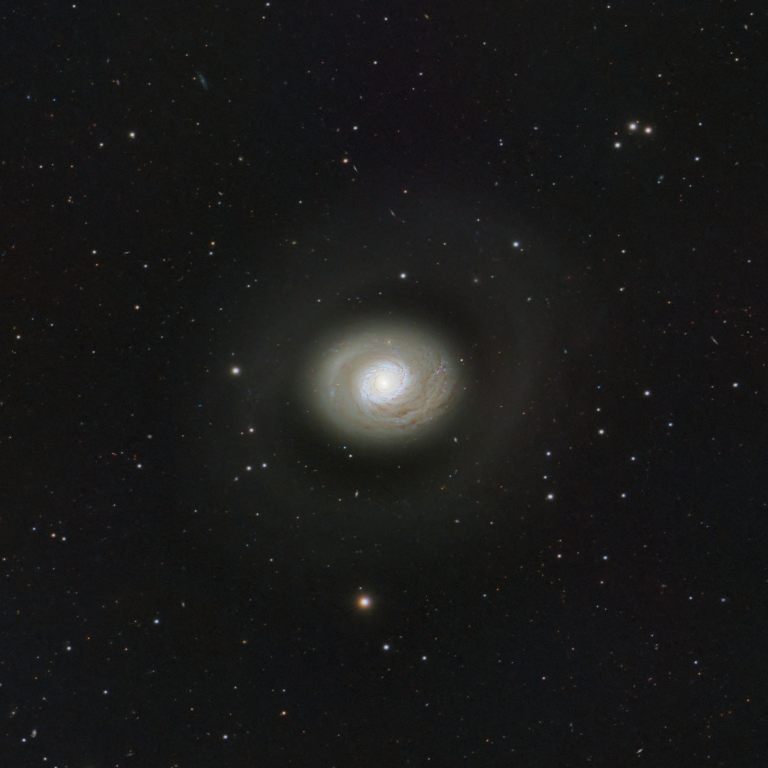
M94 / The “Cat’s Eye Galaxy”
Sometimes called the “Cat’s Eye Galaxy,” this is M94 – about 16 million light years away in the constellation Canes Venatici. You can barely see its faint outer ring surrounding it here, as well as several very distant background galaxies. It’s notable for challenging our understanding of the universe – it appears to have very…
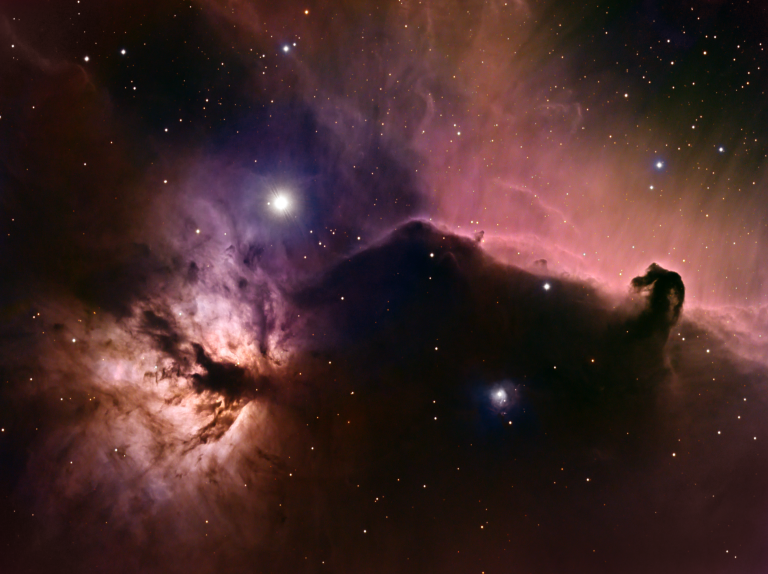
The Horsehead and the Flame
I trained my telescope at this pair of nebulas in Orion for a total of 10 hours. On the right is the iconic Horsehead nebula – actually a dark cloud of gas in front of the illuminated nebula behind it. To the left is the Flame Nebula. In between, in the upper-left, is the bright…
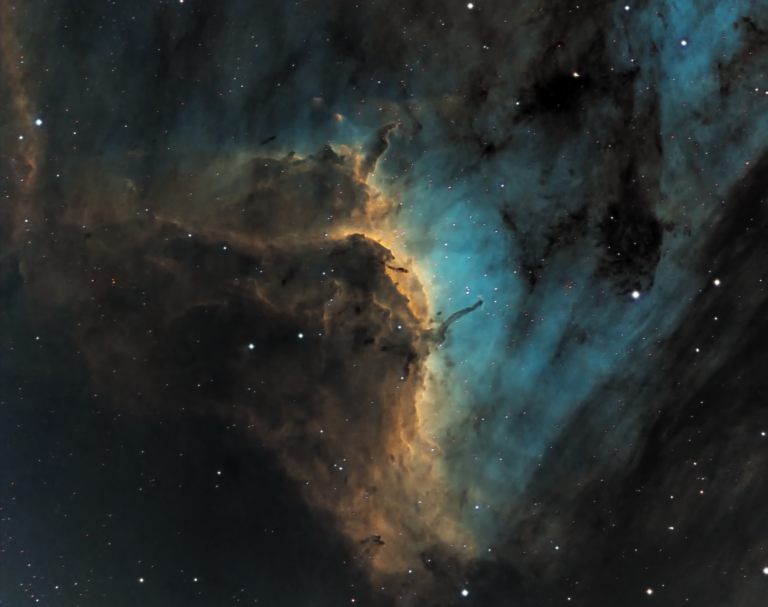
The Pelican Nebula
Granted this is only a portion of it, but for the life of me I don’t see a pelican in this thing. But, it’s still pretty. I processed this object two ways: using the “Hubble palette” that maps red, green, and blue to Sulfur, Hydrogen, and Oxygen emissions (that results in the pretty blue one)…

